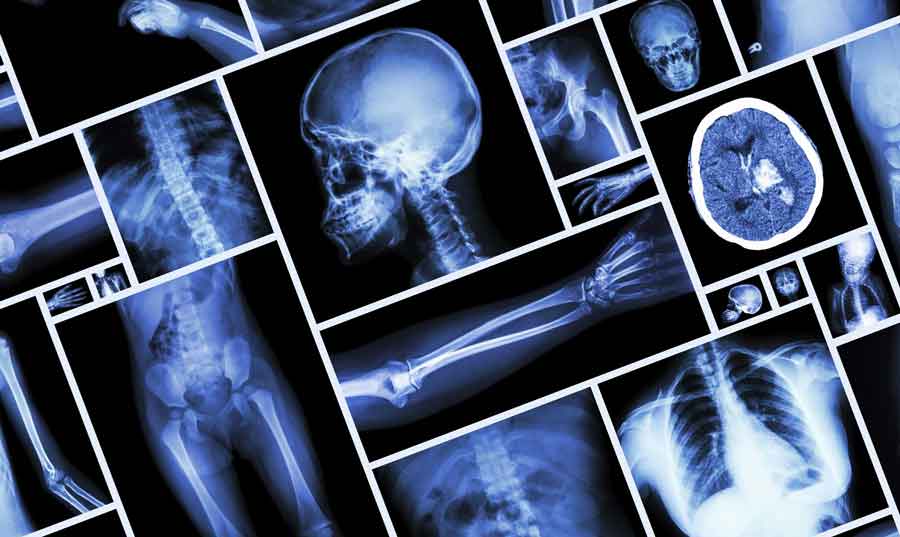Fractures affect millions of people annually, ranging from simple hairline cracks to complex breaks requiring surgical intervention by an orthopedic surgeon. Understanding how fractures heal and the treatment options available helps patients navigate their recovery journey more effectively. The healing process involves multiple stages, various treatment approaches, and specific factors that can influence recovery outcomes.
Exploring Bone Healing
Bone healing, guided by an orthopedic surgeon, occurs through four distinct phases that overlap throughout the recovery period. The inflammatory phase begins immediately after injury and lasts approximately one week. During this stage, blood vessels around the fracture site rupture, creating a hematoma that forms the foundation for new bone growth. White blood cells migrate to the area to remove damaged tissue and prevent infection.
The soft callus formation phase follows, lasting two to three weeks. Specialized cells called chondroblasts produce cartilage that bridges the fracture gap. This cartilaginous tissue provides initial stability while preparing the foundation for permanent bone repair. The soft callus appears as a swollen area around the fracture site on X-rays.
Hard callus formation represents the third phase, occurring from three to twelve weeks post-injury. Osteoblasts replace the cartilaginous callus with woven bone tissue. This new bone material provides structural support but remains weaker than mature bone. X-rays during this period show progressive mineralization around the fracture.
Identifying Treatment Options
Non-surgical treatment approaches work effectively for stable fractures with proper alignment. Casting remains the most common method, using plaster or fiberglass materials to immobilize the affected area. Cast selection depends on fracture location, patient activity level, and healing requirements. Short arm casts treat wrist and forearm fractures, while long leg casts address femur and tibia injuries.
Splinting provides temporary stabilization for acute injuries or serves as definitive treatment for minor fractures. Unlike casts, splints allow for swelling accommodation and easier wound monitoring. Surgical intervention becomes necessary for displaced fractures, open wounds, or unstable breaks. Internal fixation uses metal plates, screws, or rods to maintain proper bone alignment during healing. External fixation devices stabilize complex fractures through pins or wires connected to an outside frame structure.
Identifying Factors Affecting Recovery
Age significantly influences healing speed and outcomes. Children’s bones heal faster due to active growth plates and robust blood supply. Pediatric fractures often remodel extensively, correcting minor alignment issues naturally. Adult healing progresses more slowly, while elderly patients face additional challenges from decreased bone density and slower cellular activity.
Nutrition plays a fundamental role in bone repair. Adequate protein intake supports cellular regeneration, while calcium and vitamin D facilitate mineralization. Vitamin C aids collagen synthesis, and zinc promotes enzymatic functions necessary for healing. Nutritional deficiencies can significantly delay recovery timelines.
Smoking dramatically impairs bone healing by reducing blood flow to the fracture site. Nicotine constricts blood vessels, limiting oxygen and nutrient delivery to healing tissues. Studies show smoking can double healing time and increase complication rates substantially.
Find an Orthopedic Surgeon
Fracture treatment and bone healing represent complex processes that benefit from understanding and active participation. The body’s natural repair mechanisms work systematically to restore bone integrity, while modern medical treatments support optimal outcomes. Recovery success depends on multiple factors including age, nutrition, lifestyle choices, and adherence to treatment protocols. Find an orthopedic surgeon to find out how they can aid in your healing process.
- Exploring Effective Approaches to Substance Treatment and Recovery
- The Connection Between Arthritis and Chronic Pain Management
- The Role of Internal Medicine in Managing Diabetes
- The Diverse Specializations Within Ophthalmologists and Their Impact on Eye Health
- Exploring the Role of Sports Medicine in Injury Prevention

